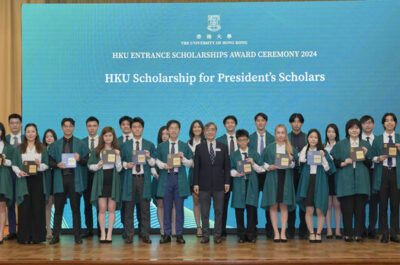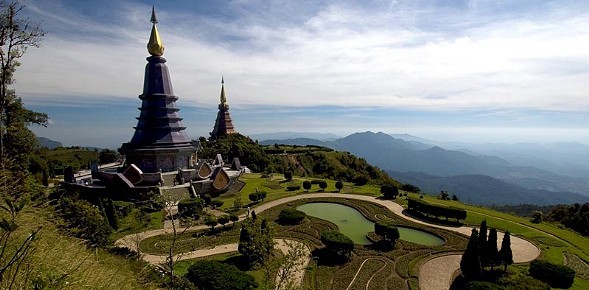China has taken over the USA and France as Chiang Mai largest inbound market. The result is due to increased promotion, better air access to Northern Thailand and also to a popular series on China television. An evolution which also put strain to the old capital of the Lanna Kingdom.
CHIANG MAI- Chiang Mai University is a ten to fifteen minutes ride away from the city centre by car. Located in a lush green landscape, just at the bottom of a hill going to Chiang Mai famous Doi Suthep temple, the university is a peaceful place to be, Or maybe was. In 2012, a popular Chinese tv comedy series, called “Lost in Thailand” plunged the peaceful campus into a chaos. The series was taking place at Chiang Mai University and was so popular that thousands of Chinese travellers suddently invaded the campus, forcing themselves in classrooms during lectures, invading the students canteen while waves of them were to be seen everywhere taking pictures and selfies. The University finally took this year drastic safety measures. Cars are checked and a Thai ID must be shown to be able to get inside the campus.
For many years, Chiang Mai tourism was stagnant, hovering around 4.2 million tourists, of which 70% was Thai. “We experience a strong growth in total tourist arrivals in the last three years, due to better air access, the presence of additional international hotel chains and also thanks to a better knowledge of Chiang Mai”, says Wisoot Buachoom, Director of the Tourism Authority of Thailand for Chiang Mai, Lampang and Lamphun.
Chiang Mai is increasingly well connected by air. The airport welcomes now over five million passengers a year and forecasts from the Airport’s Authority of Thailand (AOT) indicates that traffic could reach this year 5.8 to 5.9 million passengers. Flights now connect Chiang Mai to five or six cities in China, to Hong Kong, Kuala Lumpur, Macau, Seoul, Singapore and Yangon.
Flights to China are on the increase contributing to an unprecedented boom of Chinese travellers. From 63,000 Chinese travellers in 2011, the number of Mainlanders reached last year close to 300,000 in the ancient capital of the Lanna Kingdom. “China is now Chiang Mai largest market and has taken over the USA which generated last year some 250,000 tourists. However, we continue to promote Chiang Mai to other international markets as we want to diversify our inbound sources”, explains Mr. Buachoom. France, the UK and Germany generate each between 100,000 and 200,000 visitors a year while numbers of travellers from Korea, Malaysia and Singapore are on the rise.
“Budget airlines services to Kuala Lumpur and Singapore make Chiang Mai an easy short haul week end destination for those markets. We are effectively pushing our marketing efforts towards both markets, while the private sector is also adapting to special requirements of the Malaysian market such as halal restaurants. We just organise this week a special Chiang Mai workshop with 38 participating companies from Chiang Mai visiting both Kuala Lumpur and Singapore”, indicates Wisoot Buachoom.
Another major boost to the city’s popularity has been the growth in international hotel chains. Chiang Mai has now six to eight international four to five star properties, from the extra luxurious Mandarin Oriental or Anantara (ex Chedi) to the Four Seasons, the Meridien or Dusit D2 and soon the Eastin Hotel.They are also an increasingly high number of luxurious boutique properties such as the 137 Pillars House or the Ratchamanka, one of Thailand’s few properties member of the prestigious chain Relais & Chateaux. According to TAT Director, they is still a lack of high capacity luxurious hotels, especially following the opening of Chiang Mai International Convention Centre.
In terms of image, Chiang Mai remains famous for its beautiful temples – they are over 100 old temples in town- as well as its lush greenery landscapes in the surrounding mountains and traditional Lanna culture. And for Thai domestic travellers, the weather is a major marketing asset with the cool season being a big hit. While Bangkok has in winter temperatures which rarely go under 22 or 24 degrees, Chiang Mai experiences sometimes temperatures below 15…
Luc Citrinot a French national is a freelance journalist and consultant in tourism and air transport with over 20 years experience. Based in Paris and Bangkok, he works for various travel and air transport trade publications in Europe and Asia.




![[PR] PR_Ascott and Vimut Hospital_2024](https://www.traveldailynews.asia/wp-content/uploads/2024/04/PR-PR_Ascott-and-Vimut-Hospital_2024-400x265.jpg)





























































